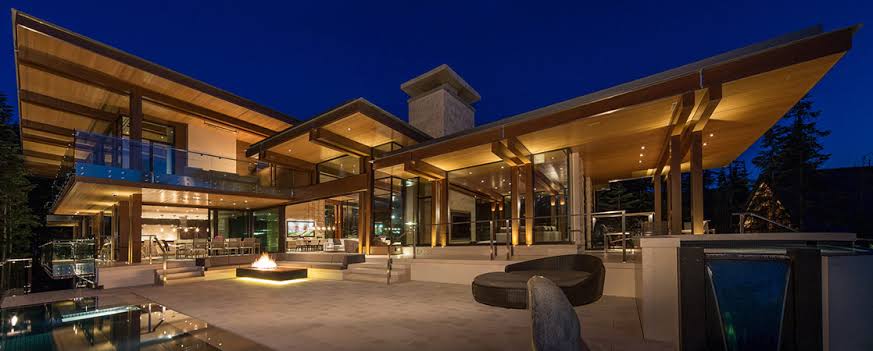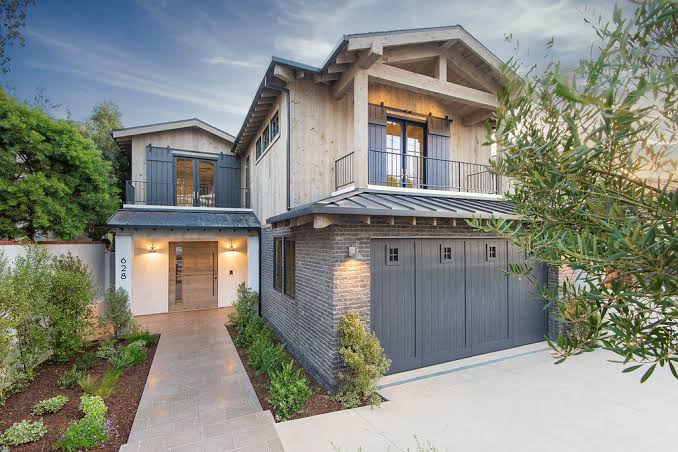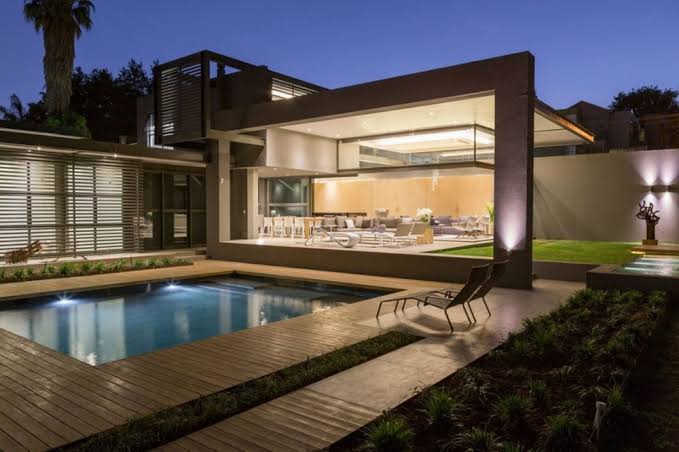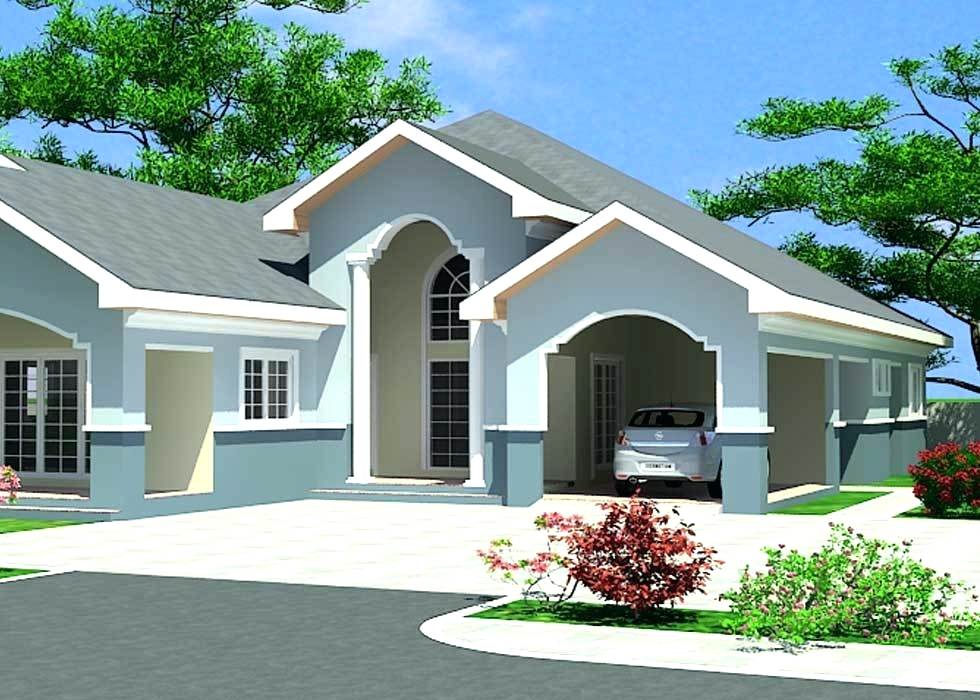Architecture at the Final Frontier – Building in Antarctica
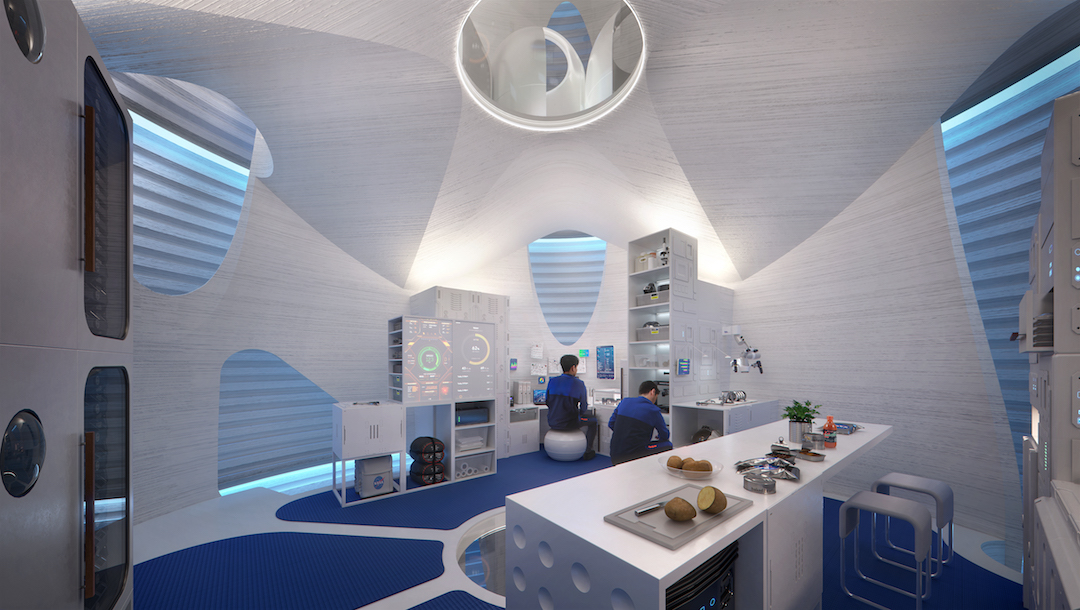
It certainly feels like there is nowhere left to go in terms of new territories to explore on this world. As we have reached a new frontier over the past few centuries there has always been a transitioning period where there is a real need to design buildings and infrastructure that can cope with the new harsh environments and climates, and currently there is only one place left where there is scope for this type of architectural work. As more countries look towards the exploration of Antarctica, it is worth thinking about how it might look, at this, the final frontier on earth.
You can see the innovative architecture in Antarctica with the new Comandante Ferraz Research Station, which has been designed by a Brazilian architecture firm (Estudio 41), to replace an Antarctic research facility that was lost in a fire back in 2012. The new facilities are home to laboratories, living quarters, and an operation support structure, but you would be forgiven for thinking it was a modern, boutique hotel that welcomed hipster world-travellers, or an art museum housing contemporary classic art pieces.
This type of innovation might be easy to explain when you think about it in simple terms. In the case of this specific design and facility, the architects come from a tropical country in Brazil. This is as far away removed from the conditions a building and people will face in the Antarctic as possible. Buildings have to be able to withstand temperatures that can drop below minus 60 degrees Fahrenheit, with winds reaching up to 100 miles per hour in some cases, adding to the ‘chill’ factor even more!
This new design, and other similar research designs in Antarctica, are now focused on more than just withstanding the harsh environments however, with a need to promote some form of human comfort and well-being. Taking architects and designers from a world where this is a priority, and blending it with the high-grade requirements of a research facility in one of the harshest environments it is possible to live and work in, means there is innovation abound.

For most of the 20th century, the Antarctica has seen facilities and dwellings that have been designed with pragmatism at the forefront of the plans. All that mattered was keeping out the weather, and ensuring that the occupants had somewhere to sleep and work safely. As more and more scientists have arrived over the decades, with a wide range of research needs, it has been important to begin to look at things a little differently, thinking about aesthetics and comfort, and not just practicality.
Architecture has always been vital in promoting viable habitats for populations at new frontiers, whether that be in the Wild West in North America, the Amazon Jungle, or working out how to cope with overpopulation on an island such as Japan. It is certainly an exciting time to be working on architecture and design in somewhere like Antarctica, where there is plenty of research to be conducted, and things to be learned for the future of our planet. It is interesting to see the different ideas and innovation that comes about when looking specifically at the apparent wasteland of Antarctica.

